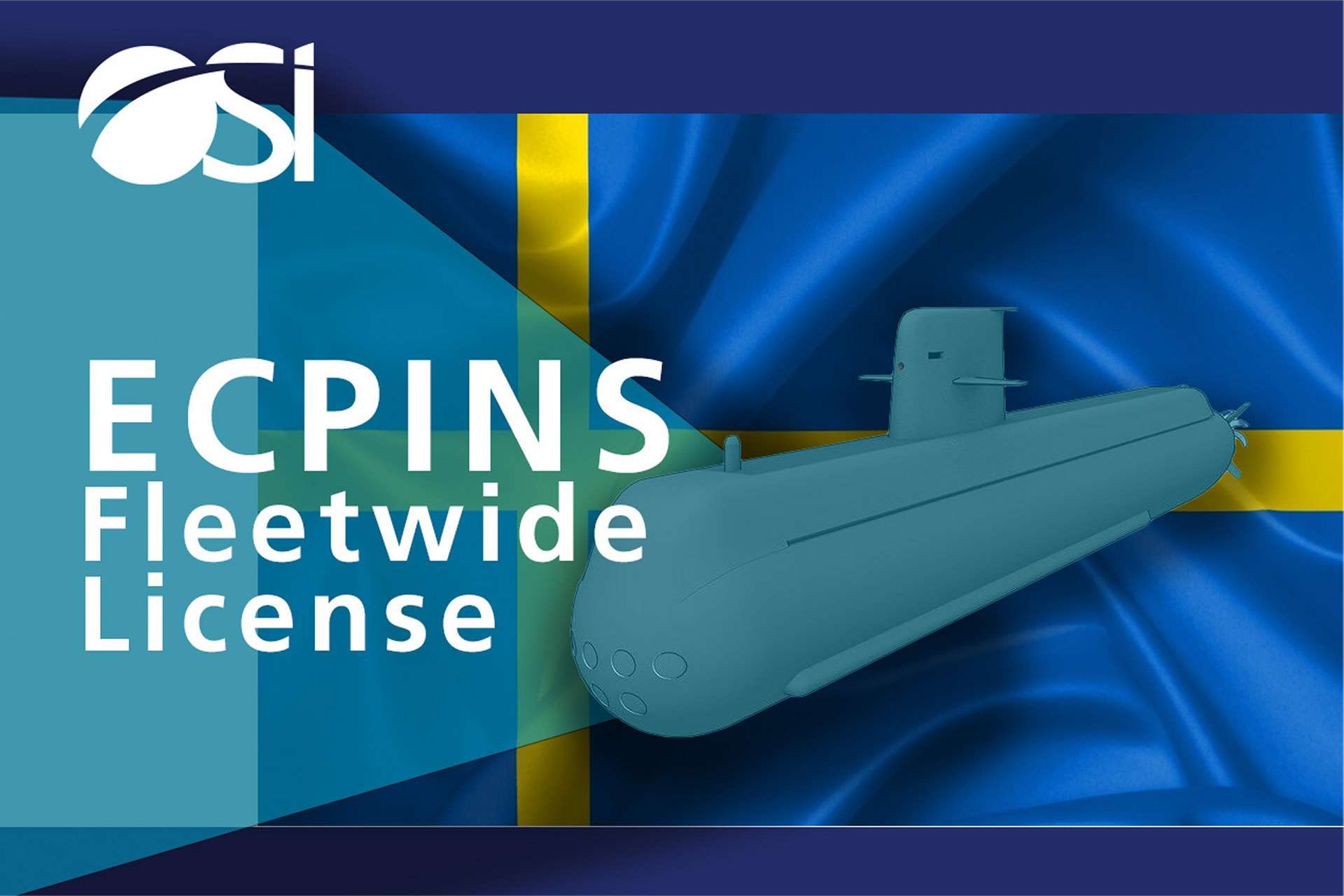Breaking News
Sweden Awards OSI Contract for Fleetwide Submarine Navigation Upgrade.
According to a PR published by OSI Maritime Systems on December 4, 2024, the Swedish Defence Materiel Administration (Försvarets Materielverk, FMV) has awarded OSI Maritime Systems a contract to implement its advanced Electronic Chart Precise Integrated Navigation System (ECPINS) across the Royal Swedish Navy’s submarine fleet.
Follow Army Recognition on Google News at this link

Swedish Defence Materiel Administration selects OSI's ECPINS to revolutionize navigation across its submarine fleet and rescue ship HMS Belos. (Picture source: OSI Maritime Systems)
The agreement includes the installation of ECPINS on all existing Swedish submarines, including the Södermanland-class and Gotland-class vessels, as well as future integration with the highly anticipated Blekinge-class. The SM Rescue ship HMS Belos will also benefit from the system, which is recognized for its precision and reliability in submerged operations.
ECPINS, the only system of its kind to be independently type-approved against NATO’s WECDIS STANAG 4564 standard, will be deployed in its current version and upgraded to the latest ECPINS 7. This upgrade ensures compliance with the latest NATO standards while delivering features for navigation in demanding underwater environments. OSI Maritime Systems will provide ongoing support to guarantee the system’s long-term performance. The Royal Swedish Navy operates in complex and often harsh waters, from icy expanses to intricate coastal archipelagos.
Royal Swedish Navy's submarine fleet
The Södermanland-class, Gotland-class, and Blekinge-class submarines reflect the evolution of Swedish submarine design.
The Södermanland-class began as an upgrade of the older Västergötland-class, integrating a Stirling Air-Independent Propulsion (AIP) system during a mid-life modernization. This allowed for longer submerged operations, extending endurance to approximately two weeks. Its compact design, with a length of 60.5 meters and displacement around 1,200 tons, is optimized for shallow coastal waters. Armed with 533mm and 400mm torpedo tubes, it is versatile for both anti-ship and anti-submarine warfare, though its systems are now considered dated compared to newer platforms.
The Gotland-class marked a significant leap in capabilities, becoming the first operational submarine to be designed with integrated AIP from the outset. Slightly larger than its predecessor, it displaced 1,500 tons and maintained a similar length. With improved sonar systems and combat management, it was more effective in detecting and engaging targets.
The Blekinge-class is the latest generation, representing a paradigm shift in submarine design. With cutting-edge technologies, it is larger at around 1,800 tons but maintains a sleek profile for superior hydrodynamics. It incorporates an advanced Stirling AIP system, allowing for submerged operations of up to three weeks, and features automation to reduce crew requirements. The integration of modular payload systems ensures adaptability for future missions, including the potential deployment of cruise missiles. Its sensors and stealth features are unmatched in the Swedish fleet, making it suitable for both coastal and extended blue-water operations.


























